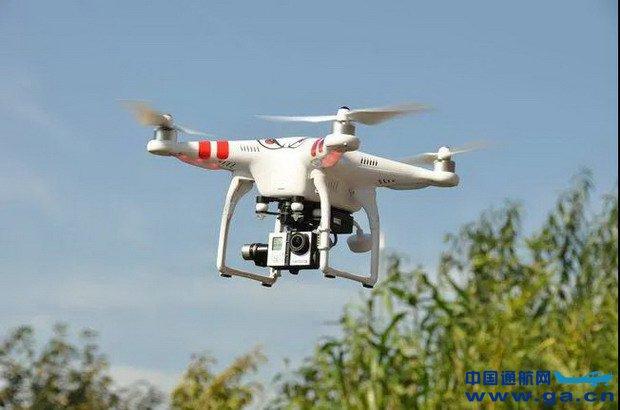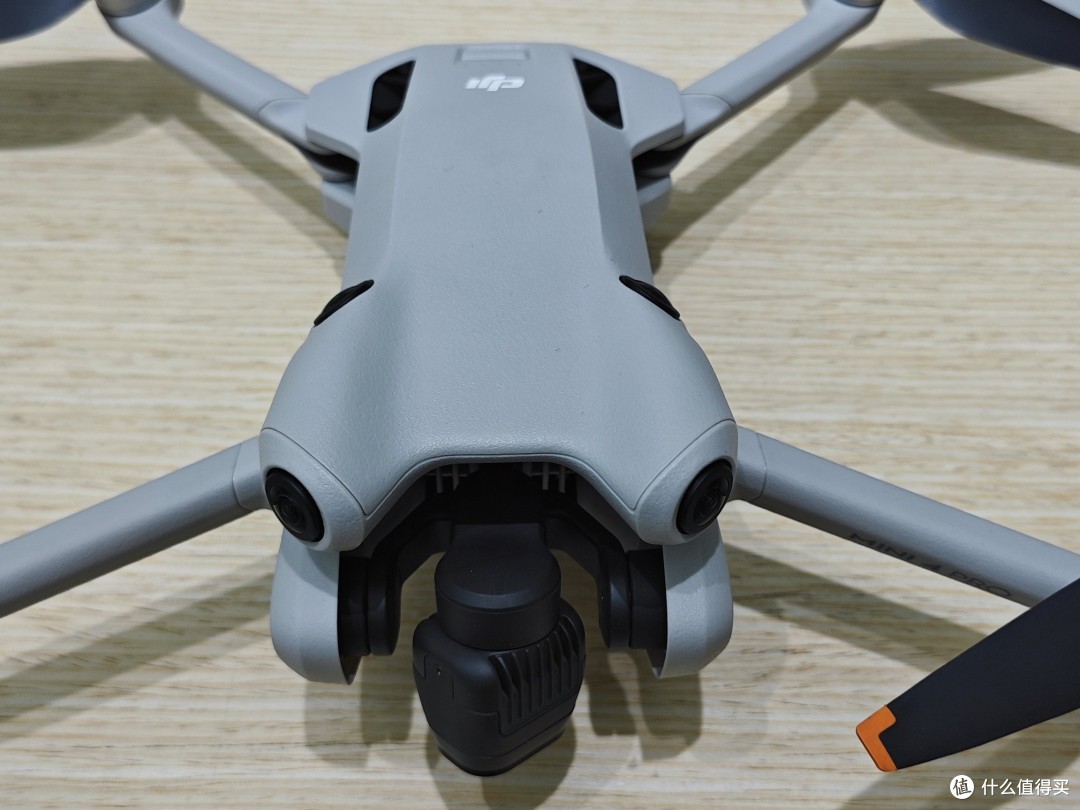Throughout recent years, drones have become an increasingly common sight in various settings—whether soaring through the skies with graceful ease or quietly stationed in unexpected places. With this remarkable surge in frequency, it’s only natural to ask: why are there drones everywhere? From hobbyists rekindling their love for flight to enterprises revolutionizing logistics, the ascent of unmanned aerial vehicles (UAVs) is influenced by myriad factors, both practical and social. What was once an expensive novelty confined to military operations has now emerged as an accessible technology for the masses.
Technological Advancements
One of the primary reasons behind the omnipresence of drones is the rapid advancement in technology. Miniaturization, improved battery life, and enhanced navigation systems have made drones more efficient and affordable. As these technological hurdles are overcome, the barrier to entry lowers, allowing more individuals and businesses to utilize UAVs for their specific needs. Whether it’s aerial photography, agricultural monitoring, or public safety operations, contemporary drones are equipped to perform a wide array of tasks.
Commercial and Recreational Uses
In commercial applications, drones have made significant inroads across several industries. Retail giants like Amazon utilize UAVs for delivery purposes, petitioning for faster and more reliable service. In construction, drones provide comprehensive aerial surveys and inspections, minimizing human error while optimizing project efficiency. On the recreational side, drones have captivated enthusiasts who revel in their ability to capture breathtaking vistas and engage in friendly competition through racing events. The accessibility of drones has ignited a new wave of creativity coupled with exhilarating possibilities.
Drones in Media and Entertainment
The world of media and entertainment has also been reshaped by the rise of drones. Filmmakers leverage these nimble devices to capture sequences impossible to film through traditional means, providing audiences with visually striking perspectives. During significant public events, drones offer a bird’s-eye view, streaming footage that reaches millions worldwide, further establishing their place in the storytelling fabric. Navigating Legal and Ethical Implications As drones become more prevalent, legal and ethical concerns inevitably arise. National governments and local authorities are grappling with regulatory frameworks to address privacy and safety issues. Balancing innovation and security remains a fundamental challenge, as policymakers seek to protect citizens without stifling technological progress. Organizations and users are encouraged to stay informed about the legalities surrounding drone operation to ensure compliance and ethical usage.
As drones become more prevalent, legal and ethical concerns inevitably arise. National governments and local authorities are grappling with regulatory frameworks to address privacy and safety issues. Balancing innovation and security remains a fundamental challenge, as policymakers seek to protect citizens without stifling technological progress. Organizations and users are encouraged to stay informed about the legalities surrounding drone operation to ensure compliance and ethical usage.
- Privacy Concerns
- Airspace Regulations
- Impact on Wildlife

While legislation attempts to keep pace with drone proliferation, ethical considerations continue to evolve, prompting discussions around surveillance, intrusion, and the moral obligations of drone operators. Despite these challenges, the relative benefits of drones offer a compelling case for their integration into society.
In a world where the skies are becoming increasingly populated, drones are an invaluable asset, providing new ways to enhance efficiency and creativity in everyday life.
FAQ
- Are drones difficult to operate?
- Modern drones are designed with user-friendly interfaces, making operation accessible even for beginners.
- Do drones pose a threat to personal privacy?
- While drones have surveillance capabilities, stringent regulations aim to safeguard against invasions of privacy.
- How are drones impacting the environment?
- Though concerns exist regarding wildlife disturbance, drones offer eco-friendly advantages in activities like conservation monitoring.
Through the myriad uses and implications, the undeniable truth remains: drones have made an indelible mark on modern society, beckoning a world of exploration that’s only beginning to unfold.